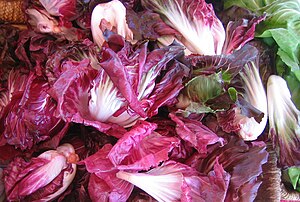baccalà mantecato is one of the signature dishes of Venetian cuisine and a staple of those wonderful hidden-away Venetian bacari, or wine bars.
The name of the dish comes from the verb mantecare, which is a culinary term meaning to 'beat' or 'whip' or simply to 'stir vigorously' so as to create a creamy consistency. It is the same word used to describe the final stage of making a risotto, when you stir the rice vigorously to incorporate grated cheese and butter, to creating that luscious creamy consistency that we all know and love. The technique serves the same purpose here, but in a wholly different context.

Baccalà Mantecato
250gr salt cod, rehydrated. I think this involves a lot of soaking and changing of water over several days – we bought ours already soaked. A pinch of salt – the salt cod once soaked isn’t super salty 1 fat clove of garlic A handful of parsley 2 tbsp milk A squeeze of lemon juice
Oil, for emulsifying (we used vegetable as that’s what we had to hand; groundnut would also work but don’t, whatever you do, use extra virgin olive oil as it will overwhelm the cod)
Simmer the cod in water for 5 minutes, then leave to cool. While warm, break into pieces as small as possible.
In a mortar and pestle, pound the garlic and parsley into a paste. Add the cod and mix vigorously. Roll back your sleeves and get pounding and smooshing as someone else dribbles the oil in, until you get a thick, smooth paste. It needs quite a bit of oil. Add just a squeeze of lemon juice, then loosen with the milk – add on tbsp at a time until it is incorporated – if you feel it’s necessary. Serve with toasted bread.













 INGREDIENTS:
CABBAGE
CASTRA’
ONIONS, CARROTS
ROSEMARY, THYME, LAUREL AND JUNIPER IN A GAUZE BAG
EXTRA VERGIN OLIVE OIL
INGREDIENTS:
CABBAGE
CASTRA’
ONIONS, CARROTS
ROSEMARY, THYME, LAUREL AND JUNIPER IN A GAUZE BAG
EXTRA VERGIN OLIVE OIL